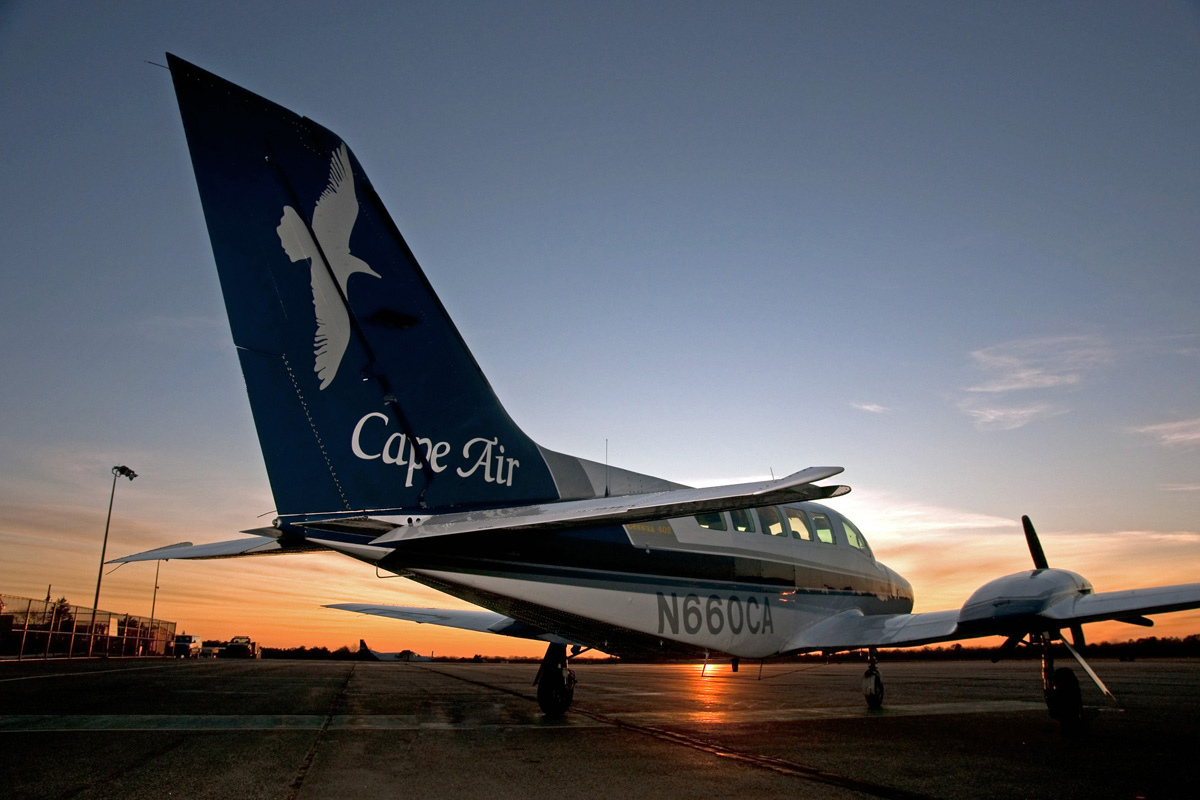
A 36-year-old woman has been sentenced to just over one and a half years in federal prison after she pleaded guilty to lunging at the controls of a small passenger plane that did not have a cockpit security door.
In August, Tracy Lynn Eagleman pleaded guilty to interfering with an aircraft inflight, and earlier this week, she was sentenced by U.S. District Judge Brian M. Morris to 19 months and 24 days in prison.
Eagleman will also face three years of supervised release once she gets out of jail, but she escaped being made to pay restitution to Cape Air for her behavior onboard the small Cessna 402 twin-piston light aircraft, which was operating a commercial flight between Billings to Havre, Montana on March 21, 2023.
Prosecutors allege that during Cape Air flight 1793, Eagleman became agitated during the final approach to Havre and suddenly stood up in the cramped confines of the nine-seater aircraft.
Due to the small size of the aircraft, the operator is exempt from separating the cockpit from the passenger cabin.
The aircraft was just ten miles out from Havre when Eagleman stood up, but court documents reveal how the Captain and First Officer initially managed to calm her and get her to sit back down.
Just moments before the plane was due to touch down, however, Eagleman suddenly lunged out of her seats and hit the flight controls. Specifically, Eagleman hit the throttle of one of the engines which caused the plane to suddenly accelerate and turn on the runway.
At the time, the aircraft was speeding along the runway at around 75 knots which is around 80 miles per hour.
Thankfully, the pilots were able to regain control of the aircraft and quickly stopped the plane on the runway before eventually taxiing to the gate where law enforcement were called to take Eagleman into custody.
The court heard how cellphone video taken by another passenger on the plane captured the moments after Eagleman lunged at the aircraft controls, with passengers heard screaming as the plane started to turn at high speed on the runway – a situation which is technically called ‘yawing.’
The pilots feared that yawing at such high speed could have caused the aircraft to roll and crash on the runway.
Following the 9/11 attacks, larger commercial passenger airlines have been required to have locked bulletproof cockpit doors, but pilots have campaigned for years for a secondary door or ‘installed physical secondary barrier’ to become mandatory.
Earlier this year, President Biden signed into law a bill that will require operators of larger passenger planes to install a secondary cockpit barrier on new aircraft, although it could take five or more years for the law to be implemented.
The secondary barrier creates an ‘airlock’ between the cockpit and passenger flight when the cockpit door has to be opened in flight – such as when a pilot needs to use the lavatory.
The IPSB won’t need to be bulletproof but will simply need to prevent a block from the passenger cabin for short periods of time. Aircraft manufacturers are currently working with third-party suppliers to develop IPSBs that will be installed on new aircraft.
There will not, however, be any requirement for IPSBs to be installed on aircraft that are already in service – a job that the Congressional Research Service estimates would take US carriers roughly 28 years.
Mateusz Maszczynski honed his skills as an international flight attendant at the most prominent airline in the Middle East and has been flying ever since... most recently for a well known European airline. Matt is passionate about the aviation industry and has become an expert in passenger experience and human-centric stories. Always keeping an ear close to the ground, Matt's industry insights, analysis and news coverage is frequently relied upon by some of the biggest names in journalism.







